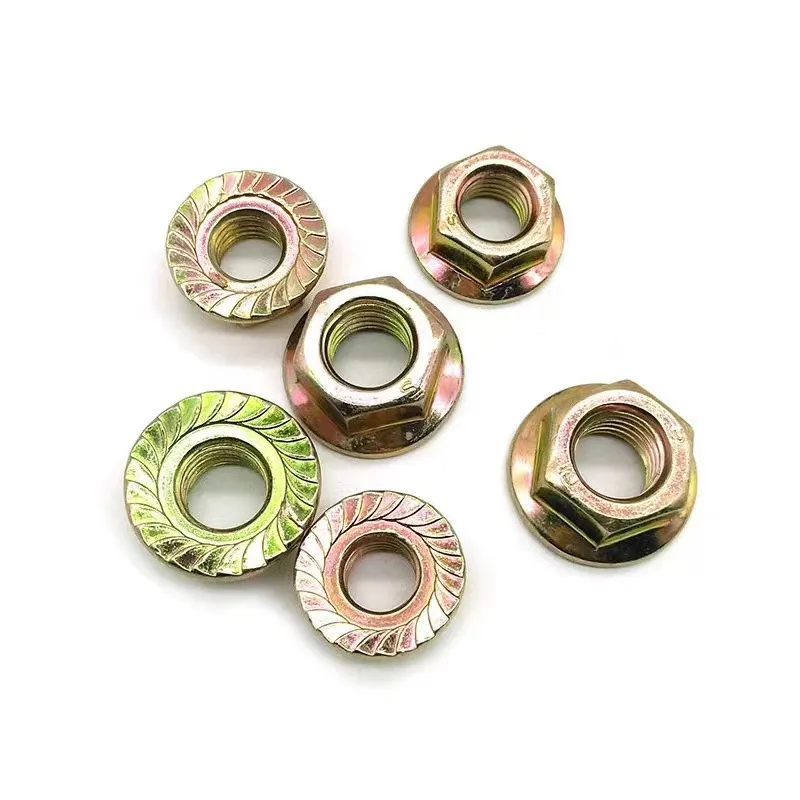

Essential Components and Installation Techniques for Solar Panel Mounting Hardware Systems
ก.ค. . 28, 2024 14:49 Back to list
Essential Components and Installation Techniques for Solar Panel Mounting Hardware Systems
The Importance of Solar Panel Mounting Hardware
As the world shifts towards renewable energy sources, solar power has become a leading choice for sustainable energy generation. The effective harnessing of solar energy relies not only on high-quality solar panels but also on the essential components that support and stabilize these panels. Among these components, solar panel mounting hardware plays a crucial role in ensuring the efficiency, durability, and longevity of solar installations.
Understanding Solar Panel Mounting Hardware
Solar panel mounting hardware includes various components used to secure solar panels to a roof, ground, or other structures. These components can range from mounting brackets and rails to connectors and flashings. The mounting system must be robust enough to withstand environmental factors such as wind, snow, and rain while allowing for optimal panel positioning to capture sunlight efficiently.
There are primarily two types of solar panel mounting systems fixed (or stationary) mounts and tracking mounts. Fixed mounts are designed to hold solar panels at a specific angle, maximizing sun exposure throughout the day. Tracking mounts, on the other hand, adjust the panel's angle based on the sun’s movement, which can enhance efficiency but often at a higher cost and complexity.
Types of Mounting Hardware
1. Roof Mounts Commonly used for residential installations, roof mounts are typically designed to be installed on various types of roofing materials, including metal, tile, and asphalt shingles. These mounts often include flashing to prevent leaks and ensure the longevity of both the roof and the solar panels.
2. Ground Mounts Suitable for larger installations or areas with ample space, ground mounts are designed for setups that are not located on rooftops. These systems generally offer greater flexibility in terms of orientation and tilt, allowing for optimum sun exposure.
3. Ballasted Systems Used primarily for flat roofs, ballasted systems do not require penetration into the roofing material. Instead, they use heavy weights to keep the solar panels in place, making them an attractive option for many commercial installations.
solar panel mounting hardware

4. Pole Mounts Ideal for locations with limited roof space, pole mounts elevate solar panels above the ground, reducing potential shading from nearby structures or trees. These systems can often be adjusted for optimal tilt and orientation based on seasonal sun angles.
Choosing the Right Mounting System
When selecting the appropriate solar panel mounting hardware, several factors must be considered
- Location The geographical location of the installation site can significantly influence the type of mounting system required. Areas with high wind, for example, may necessitate more robust mounting solutions.
- Roof Type The material and slope of the roof will determine the suitability of various mounting options. It’s crucial to ensure that the selected mounting hardware is compatible with the existing structure.
- Aesthetic Preferences For residential installations, homeowners may have specific aesthetic considerations. Some mounting systems can be discreetly integrated with existing structures to preserve the home’s appearance.
- Budget The cost of mounting hardware varies widely, and it’s essential to balance the quality and durability of the components with the overall budget for the solar project.
Conclusion
In conclusion, solar panel mounting hardware is a vital component of any solar energy system. The right mounting solution not only ensures panels are securely fastened and oriented for maximum efficiency but also contributes to the longevity and reliability of the entire system. As the adoption of solar energy continues to grow, investing in high-quality mounting hardware will be essential for both residential and commercial installations, paving the way for a greener future.
Latest news
-
High-Strength Hot Dip Galvanized Bolts - LongZe | Corrosion Resistance, Custom Sizes
NewsAug.01,2025
-
Best Self Tapping Screws for Drywall - Fast & Secure Installation
NewsJul.31,2025
-
High-Strength Hot Dip Galvanized Bolts-Hebei Longze|Corrosion Resistance&Customization
NewsJul.31,2025
-
Hot Dip Galvanized Bolts-Hebei Longze Metal Products|Corrosion Resistance&High Strength
NewsJul.31,2025
-
Hot Dip Galvanized Bolts-About LongZe|High Strength, Corrosion Resistance
NewsJul.30,2025
-
High-Strength Hot Dip Galvanized Bolts - Hebei Longze | Corrosion Resistance, Customization
NewsJul.30,2025

